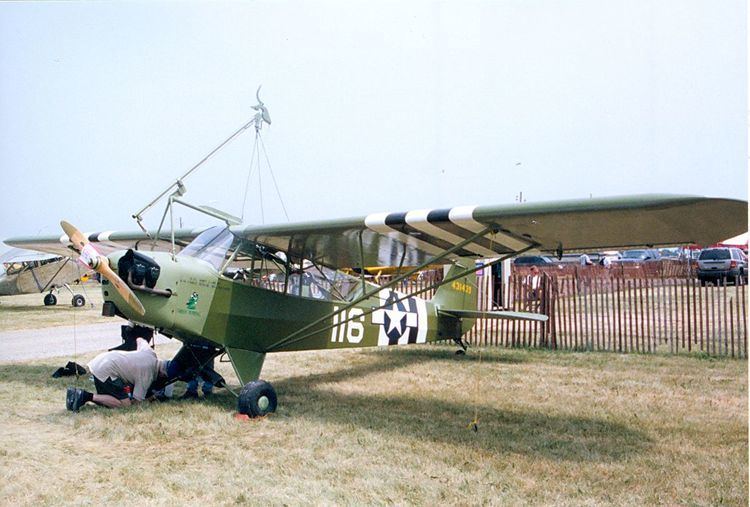 | ||
The Brodie landing system was a method of landing light aeroplane devised by James H Brodie, a Captain of the United States Air Force during World War II. The method of landing involved catching a hook attached to the plane with a sling which itself was attached to a cable. This system proved useful in landing aircraft in normally unsuitable terrain, such as the jungle or in mountains, and also afforded good camouflage.
Similar non-conventional landing apparatus were previously deployed in limited numbers for airborne aircraft recovery on the 1930s US Navy dirigibles to retrieve small fighters. The Brodie system differed in that the system was based on a wire capture with a larger (longer) target to hit by the pilot. Even though it could be mounted to moving objects, it was also suitable for fixed installations in the jungle.
Brodie was issued US Patent # 2, 435,197, # 2,488,050, # 2,488,051, # 3,163,380 for variations of the landing system.
The system was also used for landing light aircraft on ships, allowing existing ships to be converted to light aircraft carriers with little structural changes. Brodie and test pilot Flight Officer Raymond Gregory were awarded the Legion of Merit for their work on the system in 1945. Brodie envisioned scaling the system up to capture planes as heavy as 7000 lbs.
